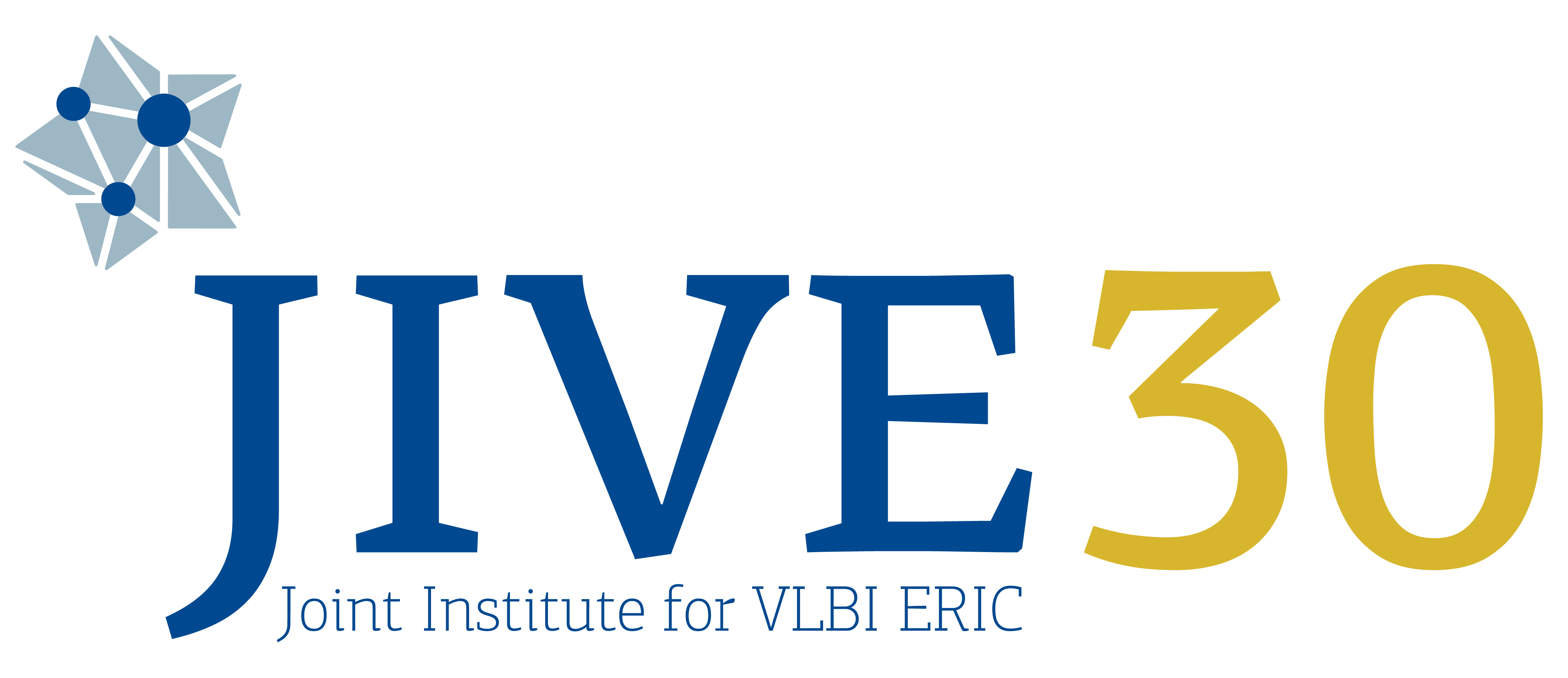The EVN MkIV Data Processor at JIVE has been in operation since September 1999. Development is a continual process. The most recent milestone has been the operational status of recirculation, a means of time sharing correlator resources for observations using less than the maximum 32 MHz sampling rate (Nyquist-sampled 16 MHz BBC filters). This provides improved spectral resolution, from which narrow-band experiments with more than eight stations participating benefit the most. A great deal of work has been devoted to making real-time e-VLBI an operational capability. The success of this effort can be judged from the dramatic increase in regular and Target-of-Opportunity e-VLBI observations since 2008.
Capability
The Correlator can input data recorded at rates from 32 to 1024 Mbps per station, up to a maximum of 16 stations at a single pass. The total correlator capacity is a quarter million complex lags and the entire correlator can be read out in 0.25 second. These are the only two limitations to the correlator capacity: the total number of lags available and the read-out capacity.
Restrictions
The first restriction stems from the physical size of the correlator: there are only a finite number of lags, and hence frequency points, available. This is a function of the number of stations Nsta, the number of subbands Nsb, and the number of polarisations Npol that are being correlated. When correlating only one sideband and one polarisation, one can get 512 spectral points with 9-16 stations or 2048 spectral points with less than nine stations. If the number of sidebands or polarisations is increased, the number of spectral points goes down with a factor NsbNpol. If the individual subbands have bandwidths of less than 16 MHz and oversampling is not being used, recirculation can increase the number of spectral points by a factor R = 16/BWsb, where BWsb is the bandwidth in MHz, with a maximum factor of eight. A maximum of 2048 spectral points per baseline/subband/polarisation applies in any case. If the number of spectral points is still not sufficient, it may be possible to run multiple correlator passes (e.g., separate line/continuum passes, where the line pass comprises only 1 subband at the highest possible spectral resolution) if the PC approves the increased correlator load, so make sure to request this at proposal time.
A summary of the EVN MarkIV correlator capacity in terms of spectral resolution.
The other restriction is on output capacity. The entire correlator can be dumped at 0.25-second intervals, which sets the minimum integration time. Modes that use half or less of the correlator have achieved 0.125 second integration times. If recirculation is used, the minimum integration time would be increased by a factor of R from its nominal value. The growth rate of resulting FITS files given the maximum correlator output is in the order of 7-12 GB per hour of observation.
A summary of various aspects related to the EVN MarkIV correlator output capacity.
Correlation of experiments with more than 16 telescopes is possible in multiple passes. Such data would be merged off-line into a single set of FITS files.
For more information
If you require detailed information on the capabilities of the EVN MkIV data processor at JIVE, please contact Bob Campbell before submission of your proposal.
A summary of the correlator capabilities (present and planned) can be found in the Operational & Development Status Sheet.
